A mechanical device used for calculating area on an arbitrary shape.
This type of planimeter was used to calculate area on a mathematical curve, boundary of a country or measure and increase efficiency of machines for instance. There are two type of planimeters, those which work with precisely integrator with a mechanical device, and those which estimate the area with a approximation. The orthogonal planimeter is a first type because it has a real integrator system.
The planimeter is composed of a frame, an axle with wheels linked to the rotating yellow plan, a polar arm which moves the position on the small wheel and two dials to measure the area. The functioning of the mechanism is based on the principle of the wheel/disc integrator, as shown in the figure below.
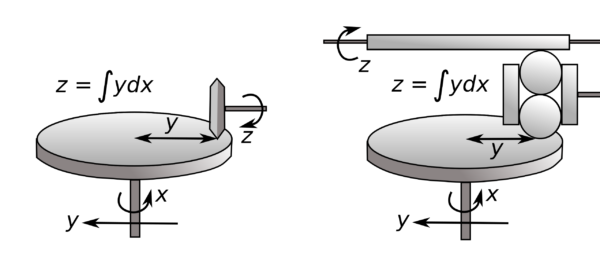
To obtain the area on the surface, the mechanical device makes an integration of the surface below the curve. To make this integration, the curve is modeled as a standard x,y mathematical curve. On the figure on the top, x is rotation of the yellow wheel disc, also linked to the wheel axle, therefore when the planimeter goes forward, the disc rotates. Y value is the position of the small wheel on the disc, this position is modified on the planimeter by the angular position of the polar arm. And to finish, the product of this two coordinates is obtain on the axle on the disc, the integration process is recovered on the rotation on the small wheel axle equal to ∫y dx / (radius of the disc).
As always, the measure doesn’t depend of the shape neither the orientation of the shape, it works with concave and convex shape and is more accurate than the pritz planimeter. To obtained good accuracy, I have built the planimeter with minimize the deadpoint. For that, I have used gearing with slipping wheels instead of bevel gears which have lot of inversion deadpoint. Therefore the displacement of the planimeter is accurately transmited to the wheel disc which drives after the cursor on the dials. As a consequence, the planimeter is more accurate and have bigger range, also, it is linear on all range, which is the best enhancement . Here is a small comparison :
- Smallest measure : 5 cm² / pritz : 25 cm²
- Biggest measure : 400 cm² / pritz : 150 cm²
- Accuracy : 2 cm² / pritz : 10cm²
- Linearity : Yes / pritz : No
The original model :
The best way to understand how does it work is to watch the video :
I have of course made the building instructions, you can download it as PDF or by browsing the gallery :
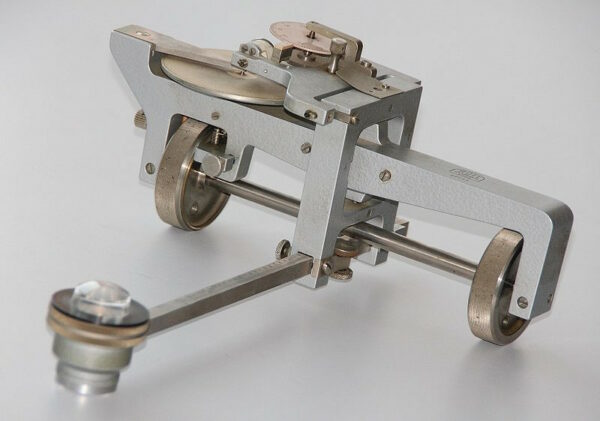




















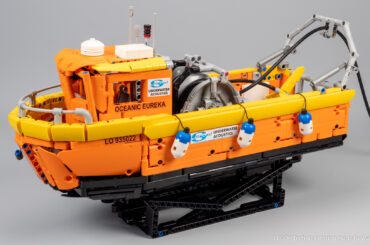
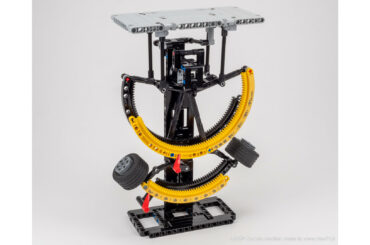
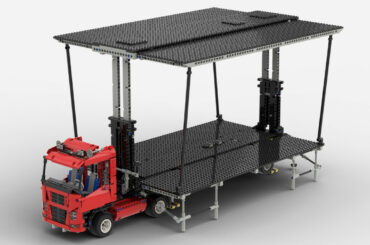
(6) Comments
It is possible but the area will be set up by the maximun width of arround 20cm.
Hi, are you working on something? I hope to see it soon.
Can you also measure bigger distances with it than 400cm^2 ??
Just by adding up 400cm^2 to the outcome for every round the meter turns??
Nico you’re a genius man. I’m studying mechanical engineering and I wonder what happens if I bring this machine to one of my calculus exams 🙂 .
Maybe you should replace the needle of the clock with this part: http://www.bricklink.com/catalogItem.asp?P=x346 to make it a bit easier to read.
Hello, thank you for the comment. Regarding the parts, I use the parts from my sets, I don’t keep all this build, I take apart and then re-build for other creations. Sometimes, I ordered some parts from bricklink.com Also, 90% of the parts I use are standard parts from 2001 or 2012, whatever. You can check on rebrickable or at the end of the building instructions the bill of material.
Hi, Nico. I´m from mexico. I think that your work is brilliant. I love the technic series and that´s why i found your website.
I have a question, i have seen wich sets you own in brickset.com, do you only use this sets to create everything or do you buy some pieces in your country?
i want to know that because in mexico is almost impossible to get technic sets.
Also i want to know if i could make some of your creations with technics sets released in 2010, 11, 12 and 13, because you have some sets from 2003 and it´s impossible for me to find it
thanks for reading it!
Comments are closed.